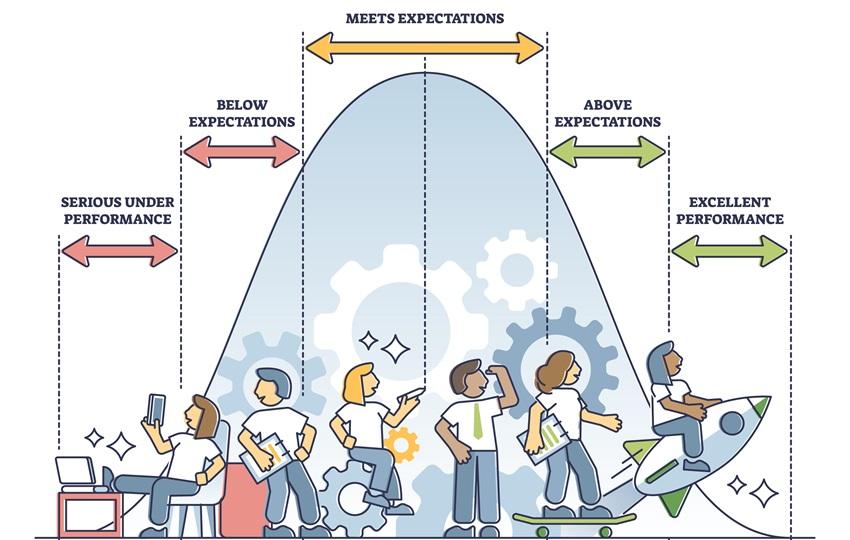A simple formula for clarifying proposal expectations
How to account for all of the expectations people have related to the proposal
You are going to need something to apply the expectation formula to, so start by gathering the following information to make it easy:
- Proposal Stakeholders. First, identify all of the proposal stakeholders, either by name or role. Proposal expectations flow between stakeholders in every direction, so you need to consider all of their different perspectives.
- Goals. Next, identify the goals you have for your proposal process.
- Action Items. Finally, identify what people will need to do in order to achieve the goals of the process.
If you do not have a goal-driven proposal process and are still trying to get people to follow your steps, this is a good time to reconsider. But if you have to, you can use your steps instead of goals and action items.
Organizing the expectations into a matrix
The first column should be for Stakeholders. Then create additional columns for each goal and each action item within them.
Use the Stakeholders column to label each row with the people who will be involved in or impacted by the proposal process.
In each cell, identify the expectations for your Stakeholders. This is where the formula will help.
The simple formula for clarifying proposal expectations
When I teach proposal writing, I commonly ask people to memorize the following as if it is a mantra:
Who, what, where, how, when, and why
I have written before about how this simple formula can be used to exceed RFP compliance. Now we’re going to use it to clarify proposal expectations. Here are some examples of how to use it to surface expectations:
- Who. Who is expected to do what?
- What. What are they expected to provide or do?
- Where. Where do things need to be done? Where can you get what you need? Where should they be put when complete?
- How. How should things be done? Are there procedures to follow or methodologies to employ?
- When. When should they start? When should they complete? When should they check in or meet?
- Why. Why do you expect that? Why them? Why that way? The people you are depending on will do a better job of fulfilling your expectations if they understand why they are being asked.
You should do this twice:
- What the proposal effort expects from people contributing
- What people can expect from the proposal effort
It’s also a good idea to ask:
- What can people expect from the customer?
- What can the customer expect from the proposal?
However, these apply to the proposal as a whole and you’ll run into challenges trying to apply them to every action item. Nonetheless, since an important goal is to create a proposal that reflects the customer’s perspective, you might consider creating expectations for proposal contributors to discover and apply the customer’s perspective in achieving the goals of your process.
Implementation
The big challenge implementing this approach is granularity. If the number of expectations you create is overwhelming, it totally defeats the purpose.
Consider dropping expectations that are obvious, patronizing, not a high priority, or address issues that are exceedingly rare. Do you really need an expectation set that people should be on time? You might. But you probably don’t.
The result will change your life (as well as those of your stakeholders)
Instead of going from kickoff to outline to assignments, imagine going from goals to expectations to assignments. Which do you think will get better results from proposal contributors? How will people perform when you’ve had an open discussion about what you expect from them, and what they can expect from you? Just make sure that you discuss expectations and don’t unilaterally declare them. Your expectations are meaningless if people don’t buy in to them. But if you get their buy-in and they feel confident that you can be trusted to fulfill their expectations in turn, then imagine the proposal you can create together and how it can go. Imagine facing the inevitable challenges with people who know how to be clear about expectations and how to resolve expectation conflicts.
Access to premium content items is limited to PropLIBRARY Subscribers
A subscription to PropLIBRARY unlocks hundreds of premium content items including recipes, forms, checklists, and more to make it easy to turn our recommendations into winning proposals. Subscribers can also use MustWin Now, our online proposal content planning tool.


